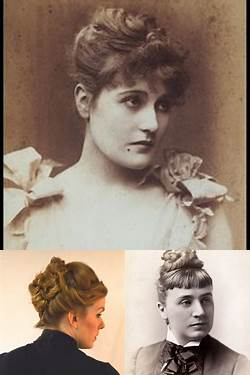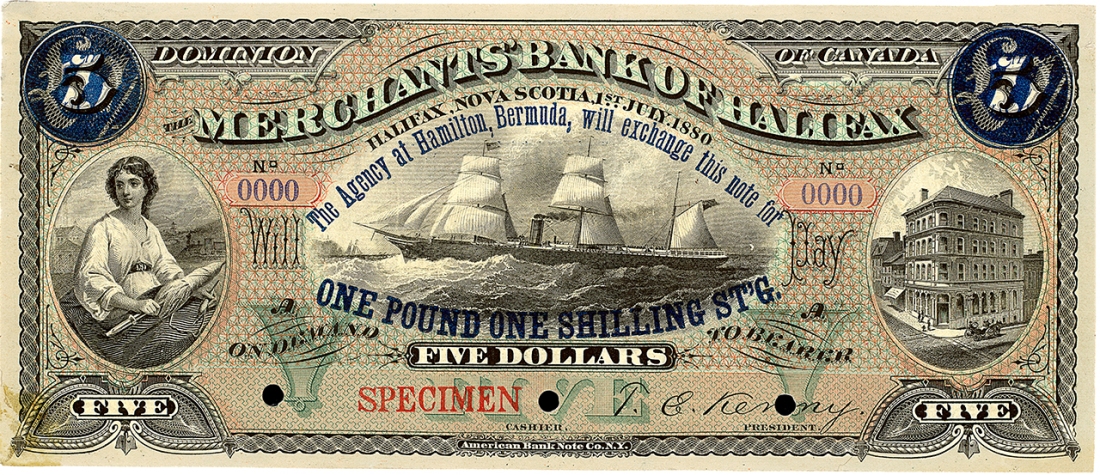Erratum: Before going further I need to correct an error in a previous post. Hanorah (Wentzel) Kaulback was born in 1871, not 1873.
Welcome to the Gay Nineties! The decade of the 1890s saw the birth of four of Zack and Nora’s nine children. Morley Elmer in 1891, Pauline Susie in 1892, Enos Laurin in 1898 and Jacob Theodore in 1900 (I know, some people would wrongfully argue that he belongs in the next decade, but we don’t want to beat a dead horse now, do we). Before the decade was over, they would suffer the loss of 6-year old Susie from mumps and paralysis. The house that Zack built in Foster’s Settlement now found itself in Parkdale when the Foster’s Settlement school district was split in 1896 to become Parkdale and Maplewood. In 1897, Zack sold his house and property to his sister, Alice Weldon and moved to what we call The Home Place in Maplewood. Theo became the first to be born in the new house that Zack built.
The 1890s started with Sir John A MacDonald as Prime Minister of Canada, who was followed in office by Sir John Abbott, Sir John Thompson, Sir Mackenzie Bowell, Sir Charles Tupper and Sir Wilfred Laurier. The United States had three different Presidents during the same decade, Benjamin Harrison, Grover Cleveland and William McKinley. Life expectancy for women was 52 and for men, 49 years.
Popular dances in the 1890s included the Heel and Toe Polka, the Samba, the Three Step, the Two Step and the One Step (all three of these dances reduced considerably from the Five Step of the 1880s, perhaps caused by the economic depression of the mid-’90s). Other dances were the Scarf Dance, Shadow Dance, Slow Drag, Square Dance, Tango, Serpentine Dance, Cloak Dance, Witches Dance and Passion Dance. Dances spawned by the Gold Rush were Saloon Hall dances, the Can-Can and Hooch Dances such as carried out by Diamond Tooth Gertie in the saloon of the same name in Dawson City, Yukon. I happen to be acquainted with someone who is a very accomplished singer/performer and plays the part of Diamond Tooth Gertie in that community.
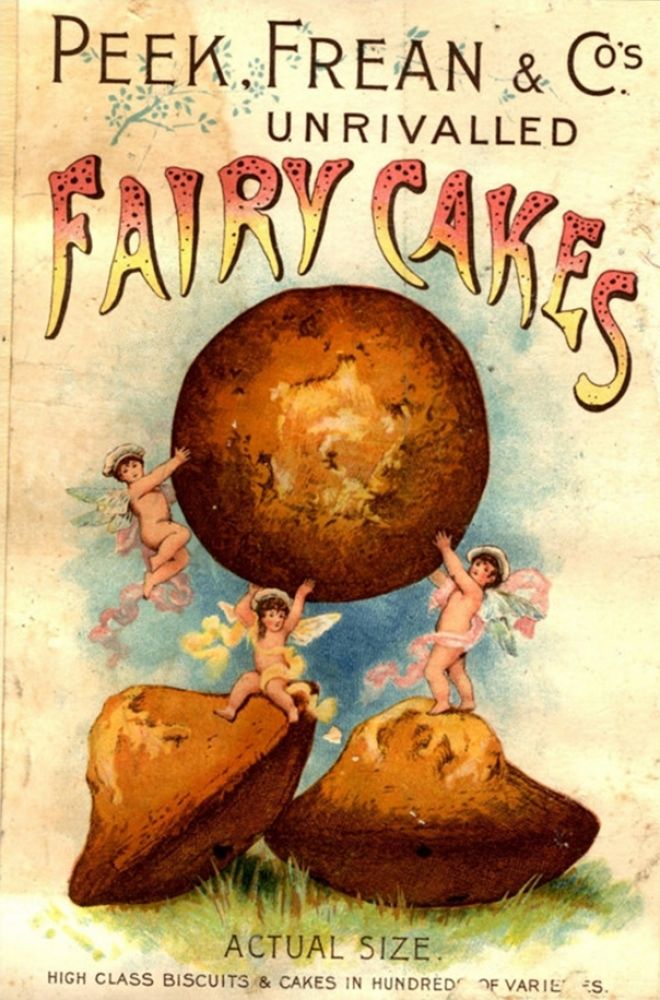
In 1899, Sears-Roebuck’s Grocery Department advertised the following prices (bought in bulk): a 20-pound box of crackers for 97 cents; 10 pounds of cheese for $1.61; maple syrup sold for 89 cents per gallon; fancy molasses was 39 cents per gallon; almonds were 16 cents per pound; 10 pounds of roasted coffee went for $2.08 (with a free bonus of a decorated , enameled canister) and a canister also came when purchasing 10 pounds of high-grade tea for $3.70. A 12-pound box of premium chocolate was 20 cents a pound and laundry soap was $2.95 for a box of 100 bars. In 1896, “tooth soap” cost 25 cents … hmmm, I wonder if that’s where the saying,” wash your mouth out with soap” came from???

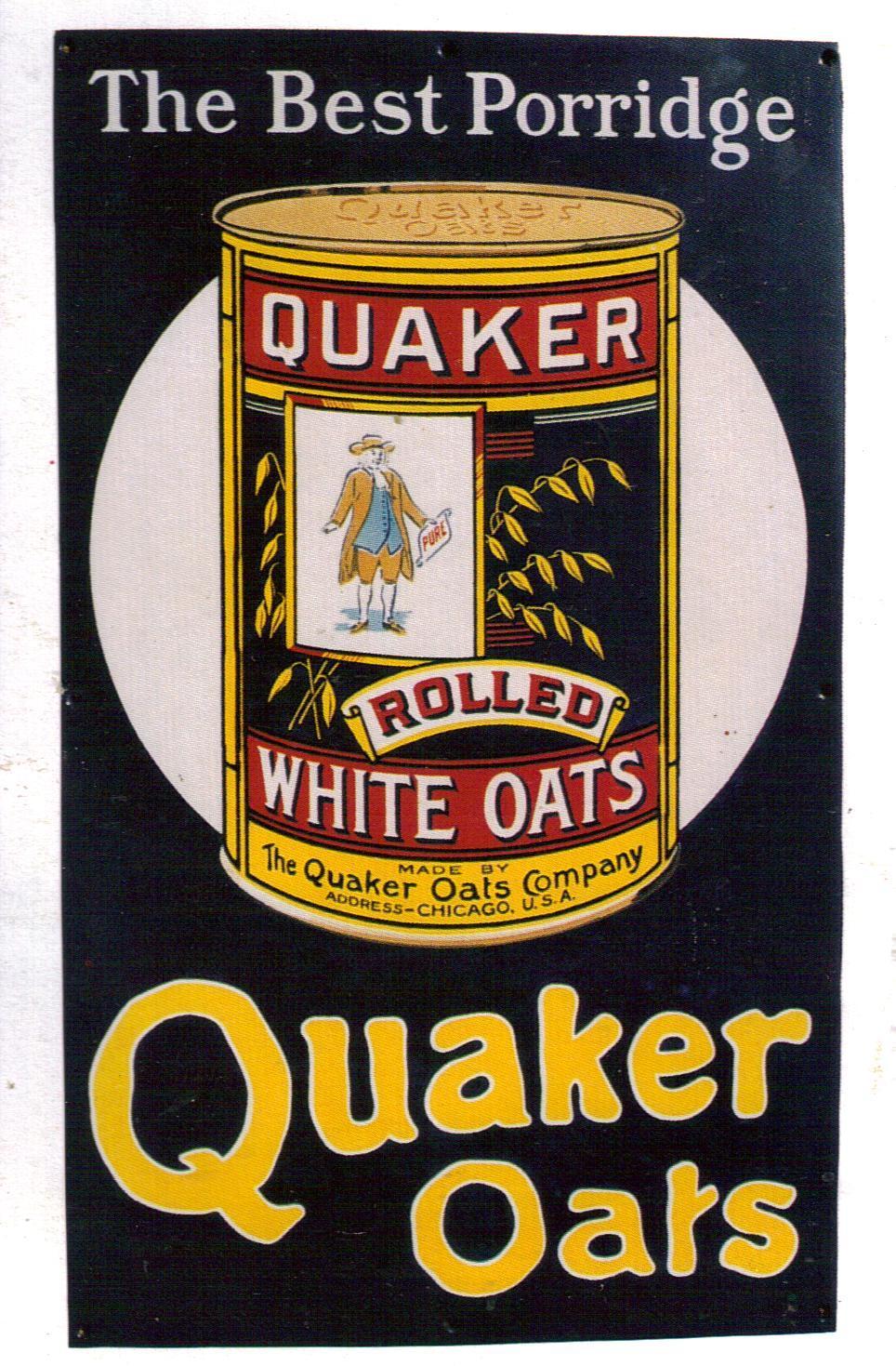
The first electric incandescent street lights in Nova Scotia were turned on in the town of Windsor on September 22, 1890 (27 lights). The contract between the Power Company and the town specified that the lights were to be “kept burning until 1:30 o’clock, a.m., for at least 20 nights in each lunar month”. Perhaps the town felt that the moon gave sufficient light on the streets during the 10 days around the period of the full moon that they could save money on their electricity budget by keeping the lights off on those nights.
In February of 1891, a coal mine explosion at Springhill, Nova Scotia killed 125 miners, some as young as 12 and 13 years old. These colliers were the largest coal mines in Canada and were owned by the Cumberland Railway and Coal Company.
The 1890s saw the birth of the Gibson Girl, a creation by artist Charles Gibson, who did pen-and-ink illustrations of what he perceived as the personification of the feminine ideal. The Gibson Girl, in another time and place might have been called a “10”. New Zealand became the first country in the world to grant the right to vote to women in the 1890s. In the last year of the decade (by my calculation), Kodak released it’s famous “brownie” camera for the cost of $1.00.
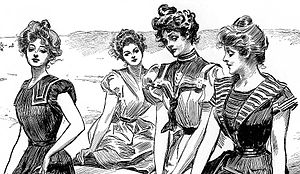 Gibson Girls at the Beach
Gibson Girls at the Beach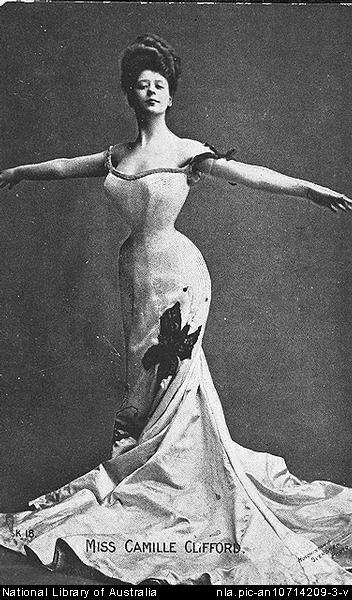 One of the most famous Gibson Girl Models
One of the most famous Gibson Girl Models
Number one songs for some of the years of the 1890s were: Ta Ra Ra Boom de ay in 1891, The Cat Came Back in 1893, and When You Were Sweet Sixteen in 1898. Slang terms used in the 1890s included “see the elephant” which meant to see all the sights of the town, especially the edgier aspects. It was also sometimes used by members of the military to describe going to war. To “tell a thumper” meant to construct a clever lie. “outasight” – this term originated in the 1890s, not, as you may think, with the hippies of the 1960s. “legit” – a shortened form of legitimate started as theater slang for things associated with legitimate theater ( vs burlesque or vaudeville theater, which were not considered “legit”). If you were “on the legit” you were being honest. “fly” meant sharp, knowledgeable, attractive and fashionable.
The Gay Nineties were also known as the Mauve Decade. Prior to this time, purple dye was so expensive that only royalty could afford it. But the development of aniline dye allowed widespread use of the colour among the masses. 1891 saw the publishing of the first story about Sherlock Holmes. In 1893, a financial crisis, suitably called The Panic of 1893, resulted in a 3-year economic depression in the USA during which over 500 banks and over 15,000 businesses failed. In the midst of this depression, the 1st commercial motion picture house opened on the corner of Broadway and 27th Street in New York City. It featured 10 Kinetoscope Machines, each with a different movie. 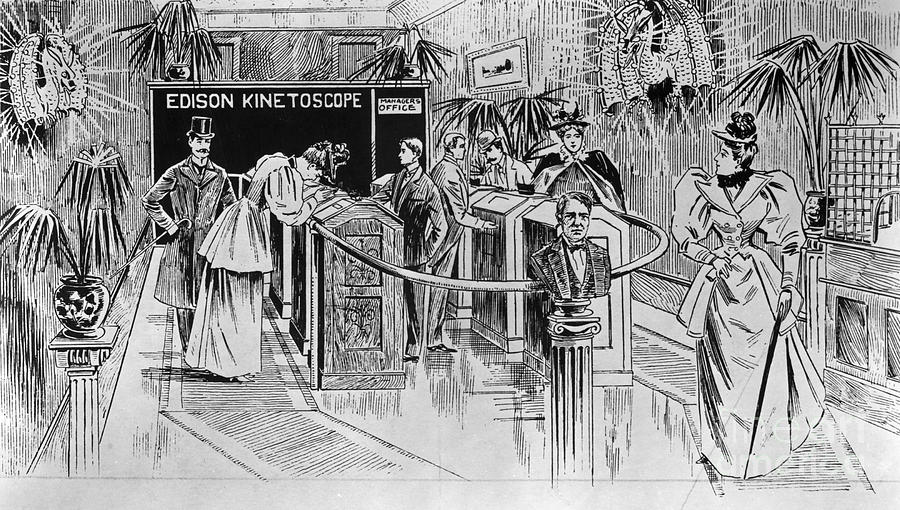 The machines were lined up in two rows with five machines in each row. Two bits would let you look at 5 movies and for 50 cents, you could see all ten. The movies were entitled “Barbershop“, “Bertoldi (mouth support)“, ” Bertoldi (table contortion)“, “Blacksmiths“, “Roosters (cock fight)“, “Highland Dance“, “Horse Shoeing“, “Sandow ( a German strongman)“, ” Trapeze” , and, ” Wrestling“. Two famous books published in the 1890s were “The Jungle Book” in 1894 and “Dracula” in 1897. A very popular poem quickly became a national hit in the USA after it was published in 1895. It was, appropriately for the Mauve Decade, called, “The Purple Cow” and it went like this: I never saw a purple cow / I never hope to see one / But I can tell you anyhow / I’d rather see than be one.
The machines were lined up in two rows with five machines in each row. Two bits would let you look at 5 movies and for 50 cents, you could see all ten. The movies were entitled “Barbershop“, “Bertoldi (mouth support)“, ” Bertoldi (table contortion)“, “Blacksmiths“, “Roosters (cock fight)“, “Highland Dance“, “Horse Shoeing“, “Sandow ( a German strongman)“, ” Trapeze” , and, ” Wrestling“. Two famous books published in the 1890s were “The Jungle Book” in 1894 and “Dracula” in 1897. A very popular poem quickly became a national hit in the USA after it was published in 1895. It was, appropriately for the Mauve Decade, called, “The Purple Cow” and it went like this: I never saw a purple cow / I never hope to see one / But I can tell you anyhow / I’d rather see than be one.
“Making your manners” was required of every school student when entering the classroom every day. It meant doing a curtsy or a bow to the teacher. Bad behavior in the classroom often resulted in corporal punishment. Minor offenses in class could lead to the “Nose Hole”. The offender had to proceed to the front of the room, clasp their hands behind their back and place their nose inside a small circle drawn in chalk on the chalkboard. They remained in that embarrassing position until the teacher permitted them to return to their seat. A popular activity during recess was called “Ante-Over”. The students would divide into two groups, one of either side of the schoolhouse. They would call “Ante-Over” as one group tossed the ball over the roof to the group on the other side. When in my first or second year at the Maplewood School, I was encouraged by some older students to try and toss something over the roof of the school. They knew, but I didn’t, that I could not even reach the roof with my throw. The events following are lost forever in the folk-lore of the school and my faded memory. I don’t recall if the broken window resulted in a ‘Nose Hole” or something worse.
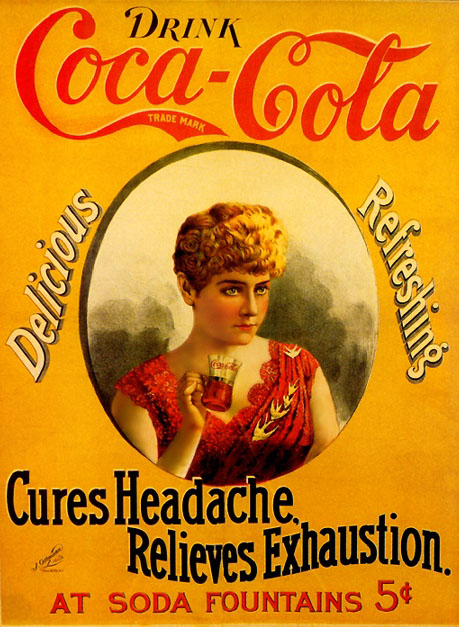
Coca Cola continued to be popular and the effective ingredient was also used in medicinal toothache drops at 15 cents per bottle. In 1893, the children’s book, “Beautiful Joe” was written from the perspective of a hopeful little dog who was continually abused by vicious humans. The book brought tears of sadness to the eyes of its young readers and tears of joy for the author, as it sold nearly a million copies. Thomas Edison developed the Edison Phonograph Doll. Nursery rhymes were recorded on wax records inside the doll. However, the records wore out very quickly and when they did, it released a blood-curdling screech, traumatizing children and forcing Edison to pull the plug on his invention. A popular board game of the 1890s was called “Rival Policemen“. Competing police forces struggled to catch the largest number of wanted felons. (Was this a pre-cursor to “Grand Theft Auto” of a hundred years hence?) Turkish Couches were a very popular item in the Sears-Roebuck catalogue and mandolins became popular due to the influence of the Spanish troubadours.
For those who have chosen the 1890s to represent at the Kaulback-Wentzel Family Roots Reunion – 2018 : 16 Decades, the following pictures will give you some idea of the fashions, transportation, etc to help you prepare for that great weekend in August: 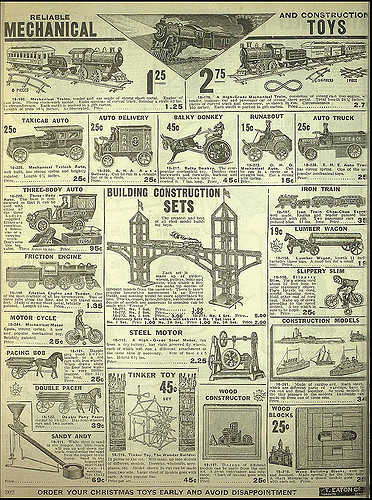
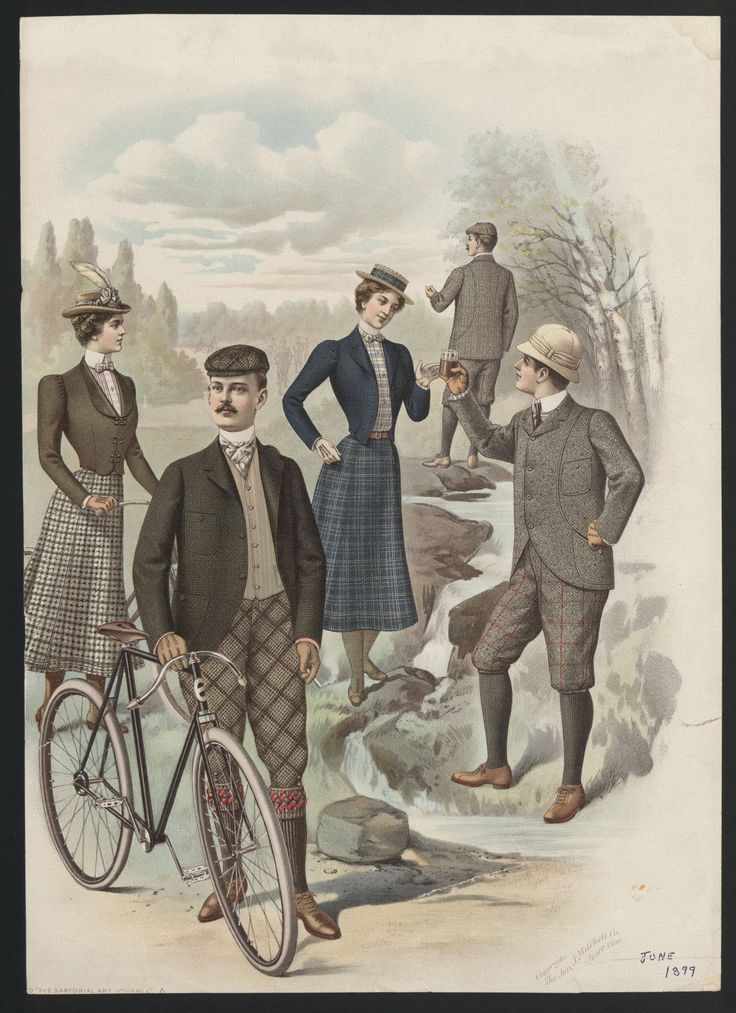

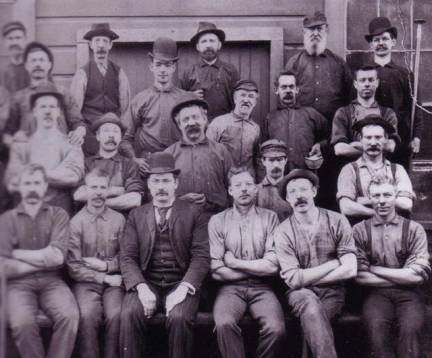
If you are travelling by sea from the USA this year, don’t be confused by the Canada Atlantic Line ad (above). This was from the 1890s. The above items in the Walking Suit picture are suggestions if you plan to make an authentic period piece for your costume. Since I only showed the Canadian $5 bill in the previous blog (3rd Decade), I wanted to be fair and include a US representation in this post. The Registration Fee for this year’s Kaulback-Wentzel Family Roots Reunion is only $5 per person, Canadian or US currency.
The most popular baby names of the decade for boys were John, William, James and George in order of 1 to 4 and for girls, Mary, Anna, Margaret and Helen. In a list of the 200 most popular names in the 1890s, Morley Elmer rated at #36 for Elmer, Pauline Susie rated #81 for Susie, Enos Laurin did not make the list and Jacob Theodore rated #73 for Jacob and #83 for Theodore.
The modern day Olympic Games was established in 1896. The years 1896 to 1899 saw many people pack up and head north to the Klondike in search of gold. The Klondike Gold Rush produced many broken dreams and at least one millionaire from Nova Scotia. A number of years ago I gained permission to metal detect on land that was once owned by that millionaire and I found a coin from the 1850s. It was a Nova Scotia coin which, perhaps, he had carried to the Klondike as a good luck charm and lost after he returned. At least, that’s my story and I’m sticking to it.
See you in the 20th Century! Mahlon Kaulback 18 February 2018
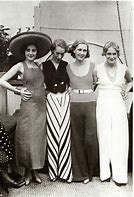
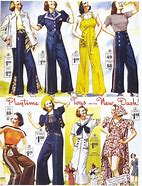
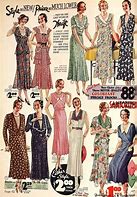
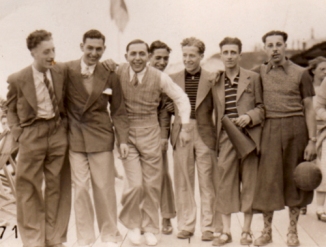

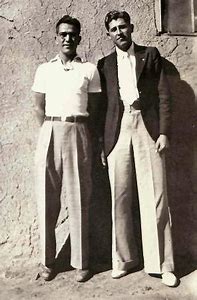
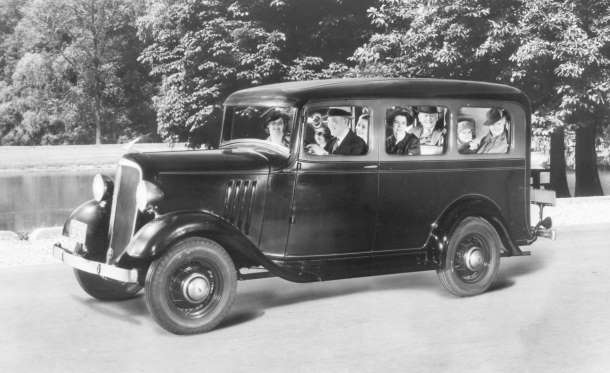
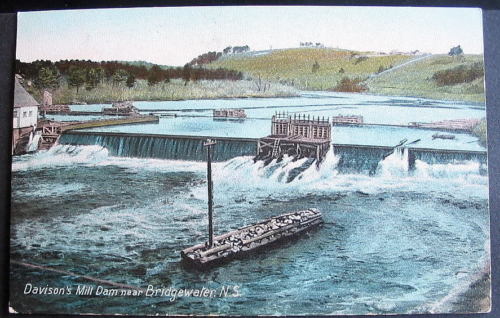
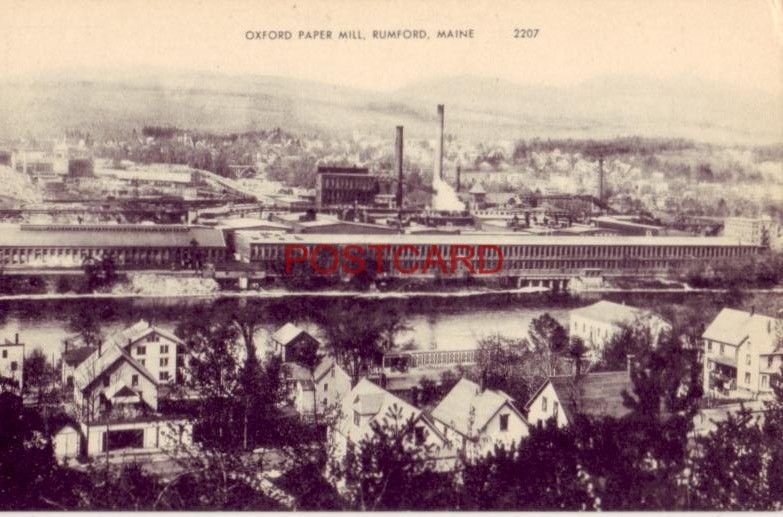

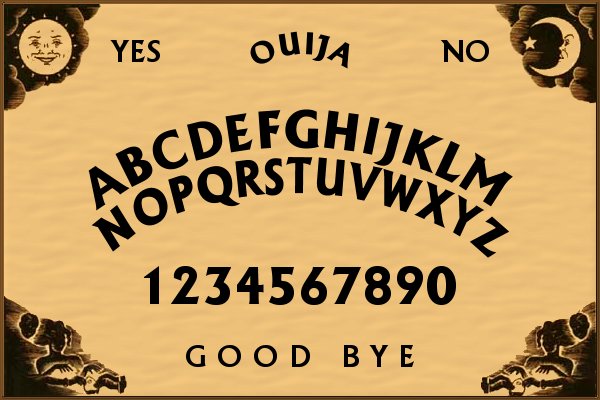
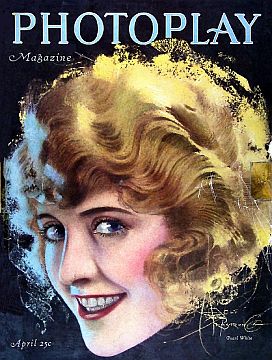
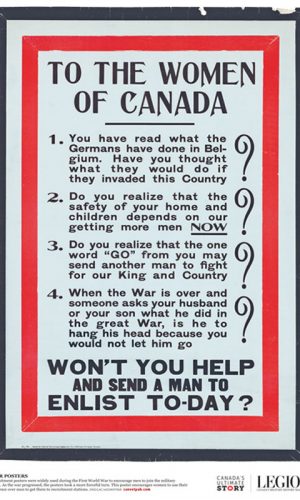
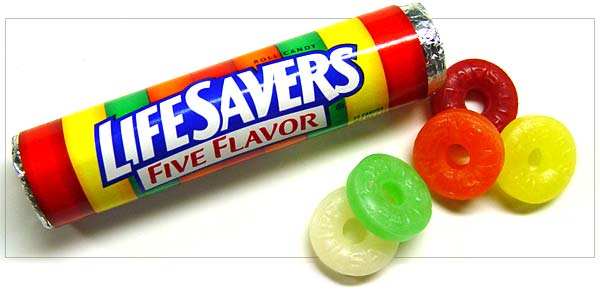
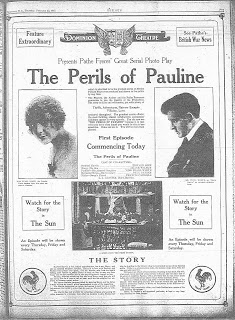
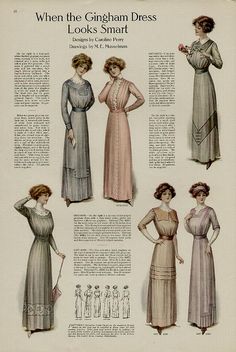

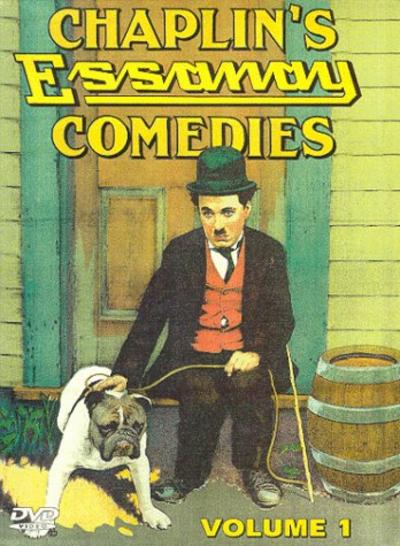

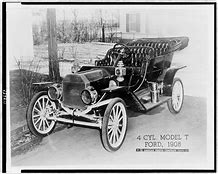
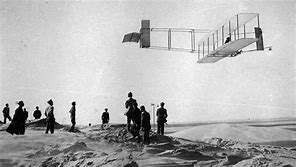
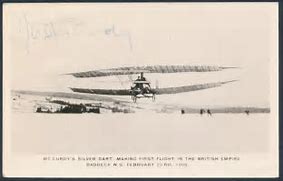
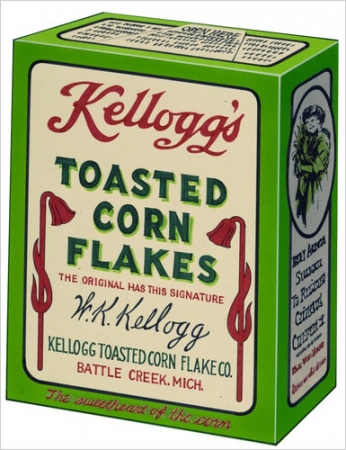
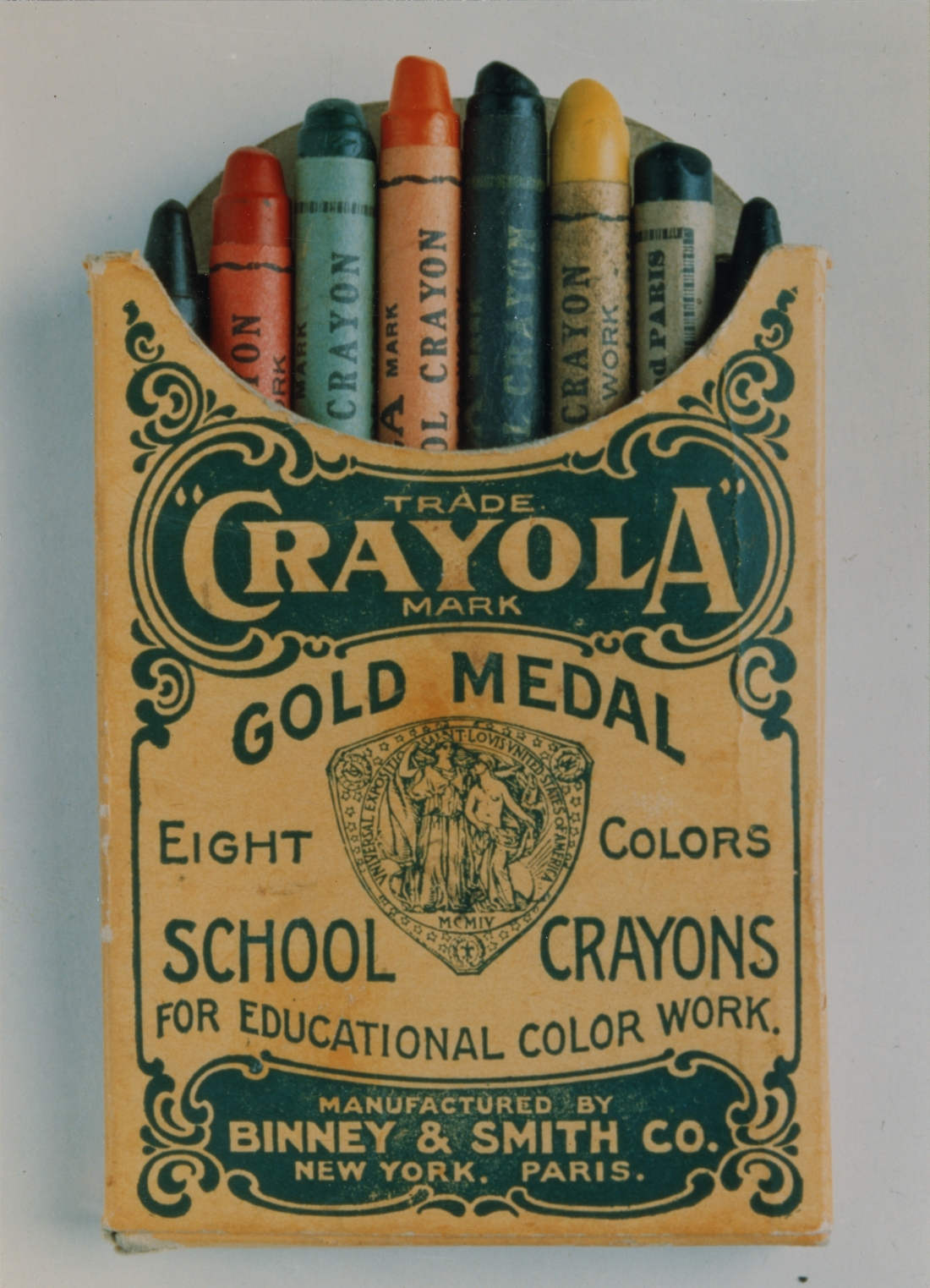

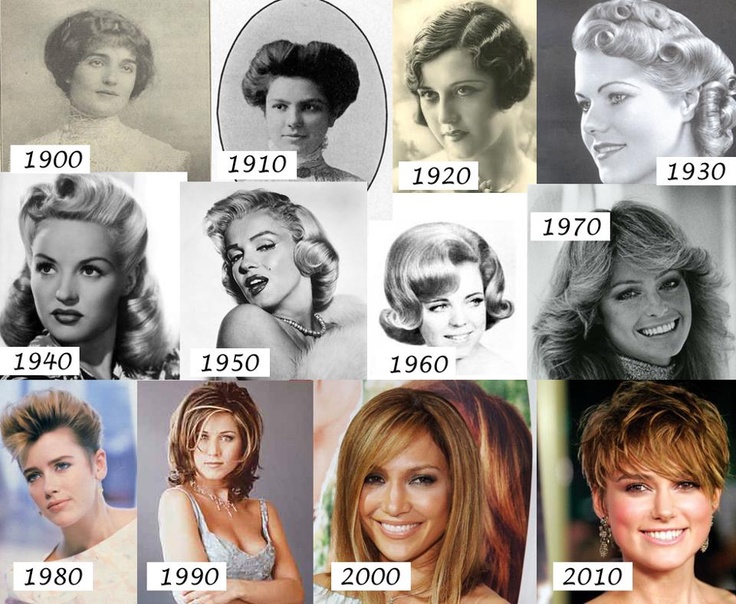
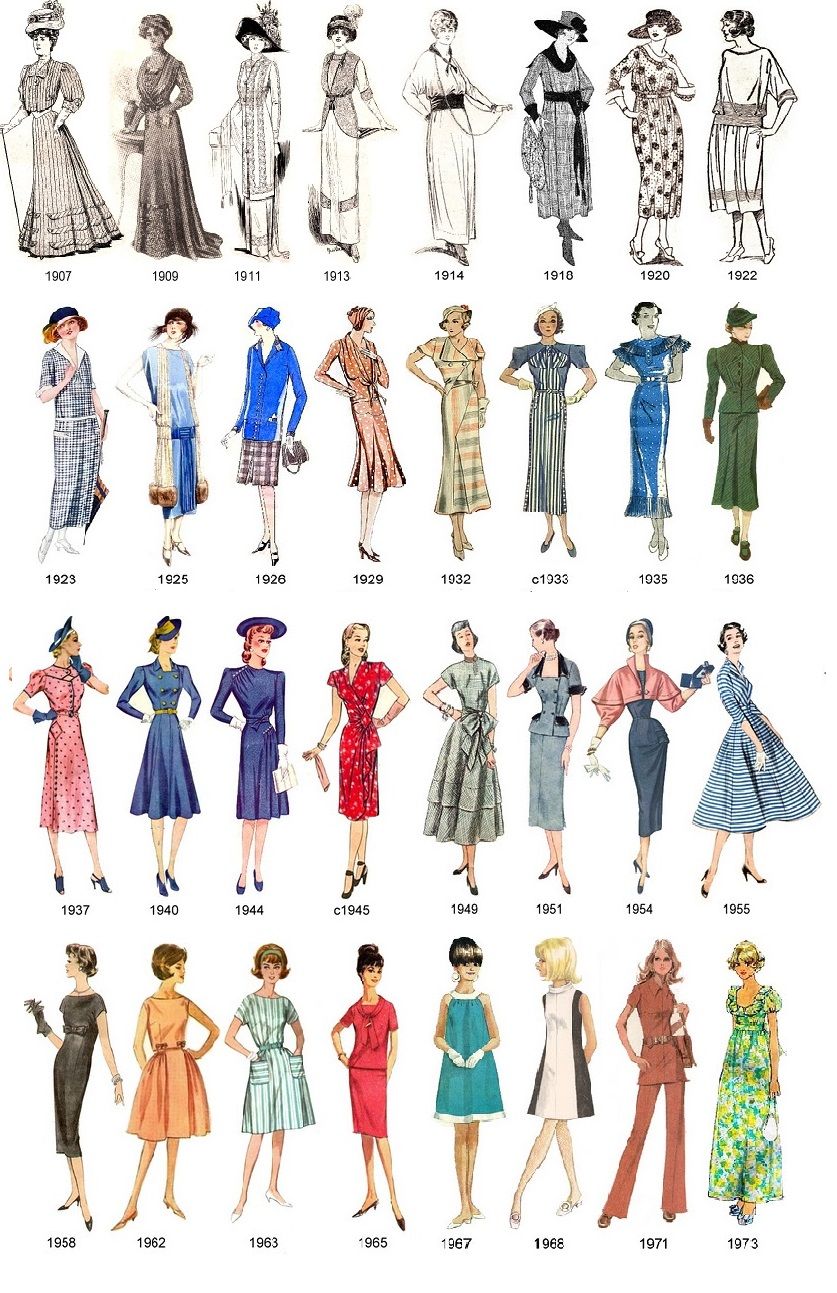
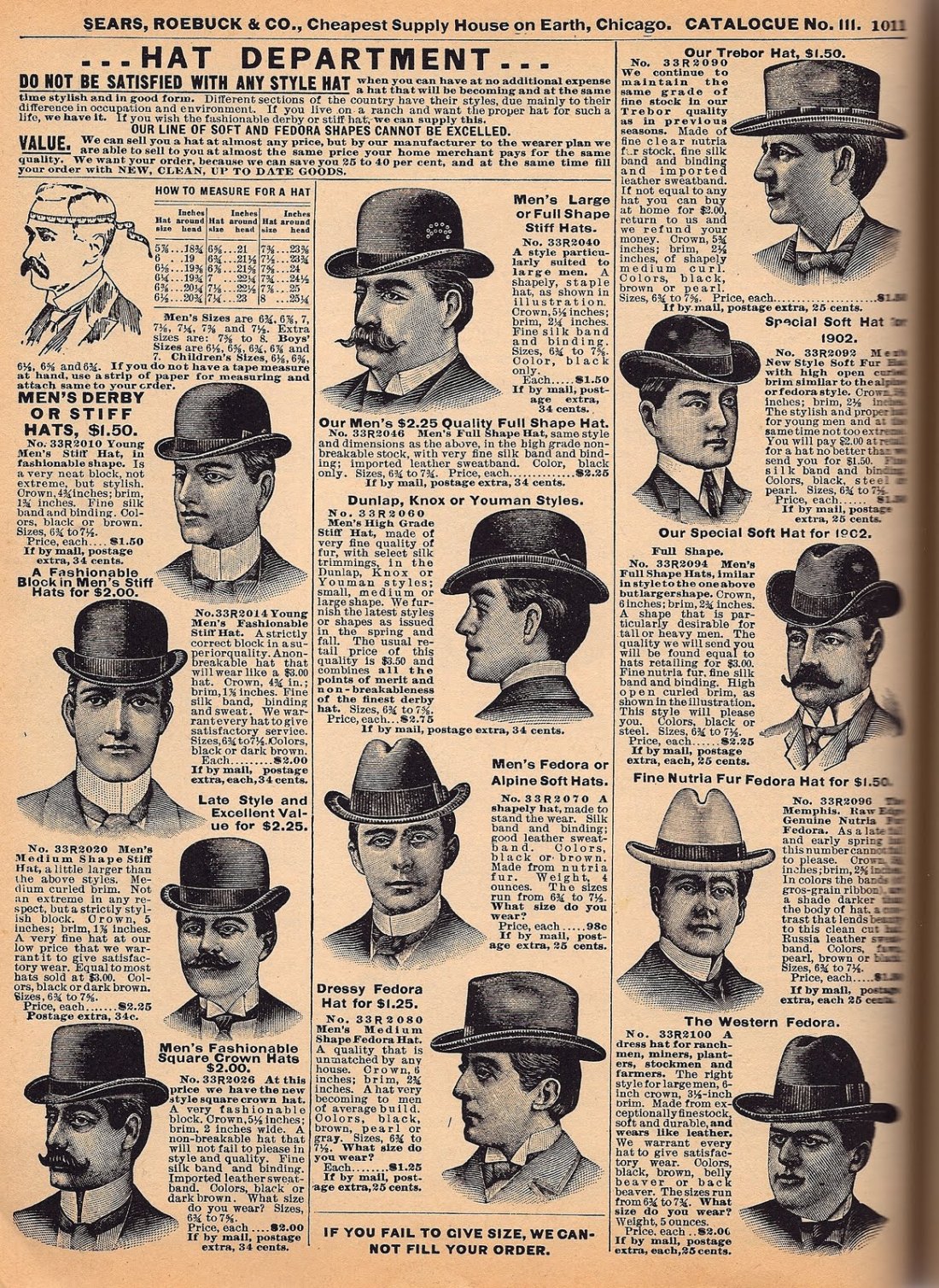



 Gibson Girls at the Beach
Gibson Girls at the Beach One of the most famous Gibson Girl Models
One of the most famous Gibson Girl Models The machines were lined up in two rows with five machines in each row. Two bits would let you look at 5 movies and for 50 cents, you could see all ten. The movies were entitled “Barbershop“, “Bertoldi (mouth support)“, ” Bertoldi (table contortion)“, “Blacksmiths“, “Roosters (cock fight)“, “Highland Dance“, “Horse Shoeing“, “Sandow ( a German strongman)“, ” Trapeze” , and, ” Wrestling“. Two famous books published in the 1890s were “The Jungle Book” in 1894 and “Dracula” in 1897. A very popular poem quickly became a national hit in the USA after it was published in 1895. It was, appropriately for the Mauve Decade, called, “The Purple Cow” and it went like this: I never saw a purple cow / I never hope to see one / But I can tell you anyhow / I’d rather see than be one.
The machines were lined up in two rows with five machines in each row. Two bits would let you look at 5 movies and for 50 cents, you could see all ten. The movies were entitled “Barbershop“, “Bertoldi (mouth support)“, ” Bertoldi (table contortion)“, “Blacksmiths“, “Roosters (cock fight)“, “Highland Dance“, “Horse Shoeing“, “Sandow ( a German strongman)“, ” Trapeze” , and, ” Wrestling“. Two famous books published in the 1890s were “The Jungle Book” in 1894 and “Dracula” in 1897. A very popular poem quickly became a national hit in the USA after it was published in 1895. It was, appropriately for the Mauve Decade, called, “The Purple Cow” and it went like this: I never saw a purple cow / I never hope to see one / But I can tell you anyhow / I’d rather see than be one.








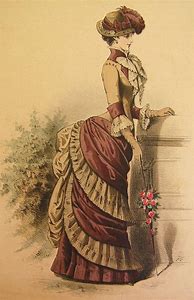 (Whoever chooses to represent the 1860’s, 1870’s or 1880’s at the Family Roots Reunion will likely be very easily discerned, at least walking away). For those who want to have a special hair-doo
(Whoever chooses to represent the 1860’s, 1870’s or 1880’s at the Family Roots Reunion will likely be very easily discerned, at least walking away). For those who want to have a special hair-doo 